Dyeing your hair is one of the easiest ways to change up your appearance. It’s quick and low maintenance, but the science behind it is actually very interesting.
The Structure of Hair
To understand what happens, first we need know what exactly a strand of hair contains. Each strand of hair is made up of three layers:
- Medulla – This is the innermost core, and frankly, not very interesting.
- Cortex – This surrounds the medulla, and contains most of the pigment (melanin) that gives hair its colour.
- Cuticle – This is the outer layer, and is made of lots of overlapping dead cells (like roof shingles) which protect the inner layers of hair. When the cells lie flat, light bounces off and your hair looks shiny.
Related Post: Getting Hair Dye Off Your Hands
Different Types of Hair Dye
There are a few different types of hair dye, and there’s generally an inverse relationship between damage and how long the dye lasts (the longer-lasting it is, the more damaging it’ll be):
- Permanent: causes some lightening of hair, contains 3-6% hydrogen peroxide, contains oxidative dyes that form during application, does not wash out significantly but may fade
- Demi-permanent: causes mild lightening of hair, contains 1-2% hydrogen peroxide, contains oxidative dyes that form during application, lasts around 6 weeks
- Temporary or semi-permanent dye (direct dye): no lightening of hair, does not contain peroxide, contain dyes that are already formed before application, washes out in a few washes
These terms are sometimes mixed up – you might see semi-permanent hair dyes that contain hydrogen peroxide, for example – so it’s always best to check the ingredients.
Related Post: How do heat protectant hair products work?
Permanent and Demi-Permanent Hair Dyes
The main difference between permanent/demi-permanent hair dyes, and temporary/semi-permanent dyes is the type of dye they contain.
Permanent and demi-permanent hair dyes use oxidative dyes, which form in the hair when the dye is applied.
There are a number of steps involved in the use of oxidative dyes.
These usually aren’t distinct steps, especially if you’re using a one step dye – they’re all happening around the same time.
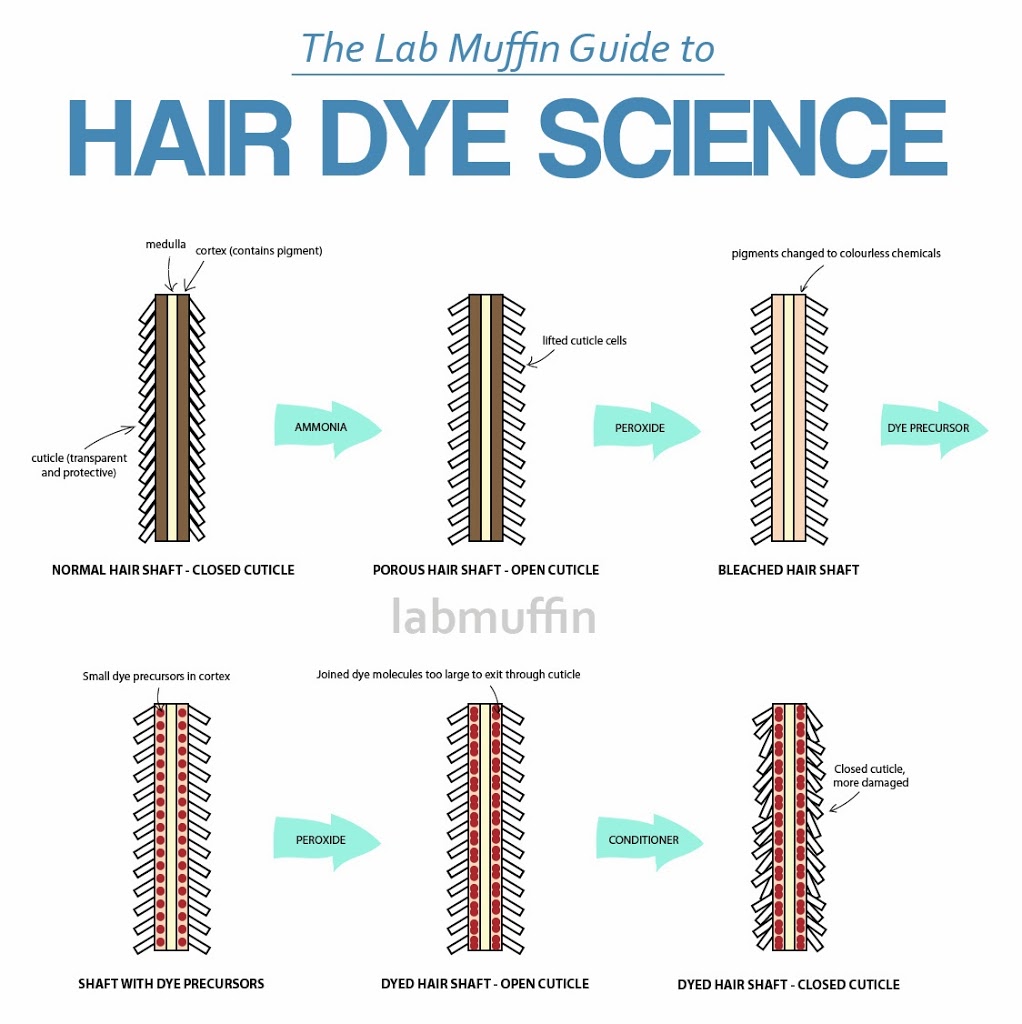 |
| (click to enlarge) |
1. Opening up the cuticle – The overlapping cuticle scales need to be lifted so the chemicals in the dye can get to the cortex. This is done using an alkaline chemical, usually ammonia (the mixed hair dye is usually at a pH of around 10).
2. Bleaching the hair – To help the new colour show up more prominently, hydrogen peroxide is used to bleach the hair, making it lighter. Hydrogen peroxide reacts with the coloured melanin chemicals in the hair and turns them into colourless chemicals. If more lightening is required (e.g. for dark hair), this can be done as a completely separate step, with the addition of persulfate salts.
3. Adding dye precursors – Small precursor molecules, which later react to form the final dye, soak into the cortex through the gaps in the open cuticle.
4. Reacting precursors to form the dye – The precursor molecules react with each other, with the help of hydrogen peroxide and ammonia, to form the final, large dye molecules, which are too big to wash out easily.
5. Closing the cuticle – The cuticle is closed after dyeing, usually with an acidic conditioner. Some damage occurs during the opening/closing process – I’ve exaggerated it in the diagram above.
In an oxidative dye, the ammonia and dye precursors are usually in one container, while the peroxide is stored in a separate container. These are mixed just before applying it to hair.
That’s why the dye usually looks nothing like the colour you want at the start (it’s usually white), then the colour slowly appears as you use it – the dye precursors need to react before turning into the final colour.
Related Post: What to Expect After You Bleach Your Asian Hair
Temporary/semi-permanent dye
The difference between permanent and temporary dye is the all-important cuticle opening/closing process.
With temporary dyes, the cuticle isn’t opened – the dye molecules are attached to the outside of the hair shaft, which means the colour washes off easily.
Semi-permanent dyes open the cuticle slightly – some dye sticks to the outside, while some of it gets inside to the cortex, so it takes quite a few washes for the colour to fade.
As you’d expect, the less cuticle opening and closing you do, the less damaging the dyeing process will be – of course, many other things you do day-to-day will make a difference to how much damage your hair will experience overall.
And that’s how hair dye works! Hopefully it’ll give you something to think about next time you’re stuck in your hair colourist’s chair 🙂
Related Post: Low Maintenance Pastel Hair Routine (video)
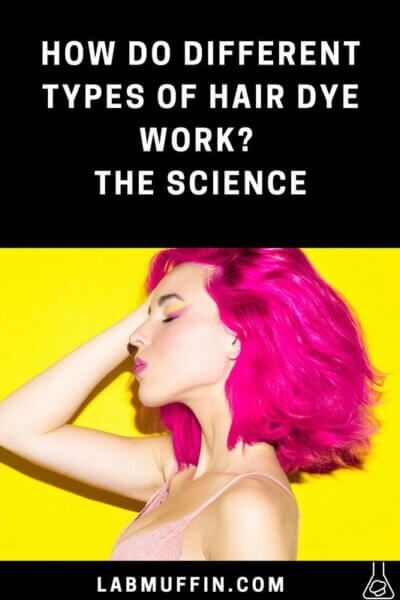
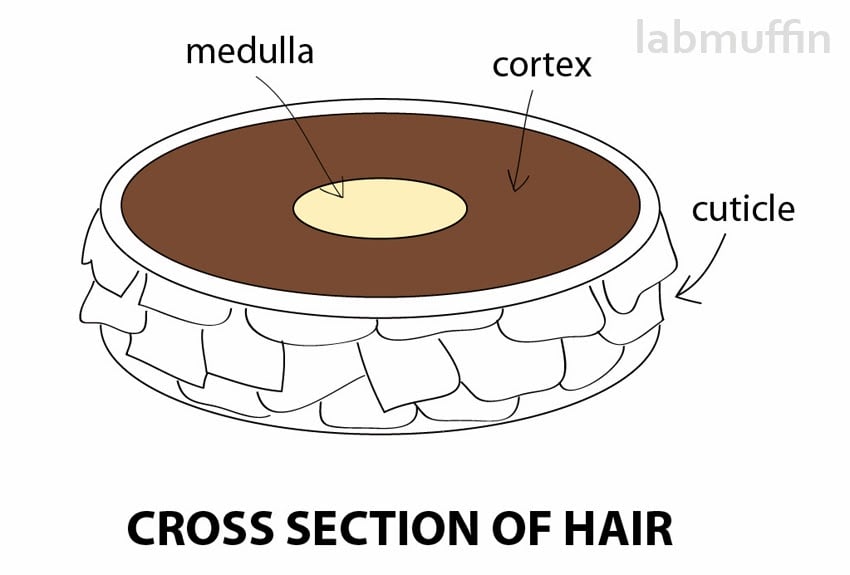
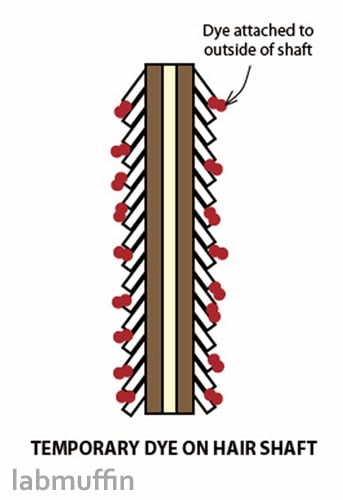
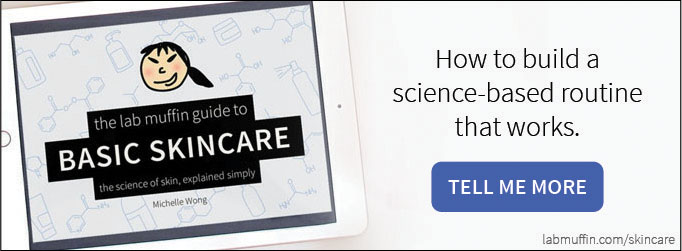
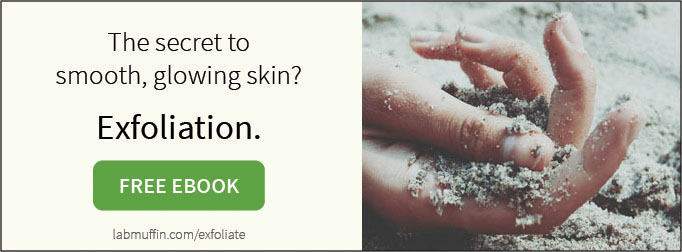
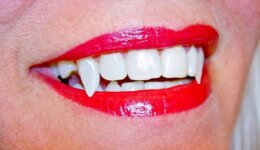
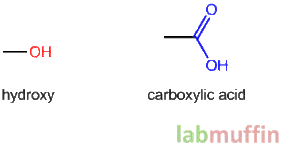
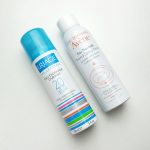

This is really informative, thanks! I’ve been thinking of doing a purple streak for a while, but I’d have to bleach first, which is why I’m holding off. Guess we’ll see…
I’m curious, does the same hold true for henna? I have been doing henna regularly for about two years now, and I always hear it’s healthier than regular dye, do you know if it’s actually healthy or simply not actively harmful like regular dye is?
Henna is also interesting from a chemistry perspective (and it’s related to some of my personal chemistry experiences too!) – I’ll probably do a post on it soon (after I get through the other thousand topics I’ve thought up!). In short, henna’s colouring ingredients are small enough to pass through the cuticle without having to lift it, so in that sense, the cuticle doesn’t become disordered, so in that sense it’s less damaging – I’m not sure about overall yet, I’ll have to look into it!
That’s already more than I knew before, so thanks! All I know is that I usually add in some ground cloves, cinnamon, and chamomile to my mixture, so my hair smells amazing for over a week (even after several showers!). I also heard the tannins in the cloves are good for hair, as long as you moisturize thoroughly after, but honestly either way I adore the scent, so I’d use it.
I’d love to read a post about henna – I used to dye my hair with the Lush henna blocks, time-consuming but my hair always came out super shiny and soft afterwards (it’s naturally coarse so the softness was much appreciated!). I’ve been playing with the idea of doing it again – a post on the science of henna might be just the push I need!
This is really good. I roughly knew all this, but your diagrams are really helpful!
Based on this, would there be useful and less useful things one can do to mitigate the damage afterwards? Or the appearance of the damage?
Also, maybe you’ve written on this before, but I’m really unclear on what proteins do to hair as opposed to moisture restorers. I read that they help with snapping? I have redken’s antisnap which works for me, but I don’t know why.
I’ll look into that – as a first guess, I’d say trying to stick the cuticle down (e.g. acidic rinses) would encourage the cuticle to stick down.
I should write about that too – thanks for the suggestion! 🙂
This stuff is why I love this blog 🙂
Same here! 🙂
Ditto!
Thank you so much! 🙂
Great explanation, thanks! 🙂
I’m glad you liked it!
this is so interesting and you really explained it well!
Thank you 🙂
Great article I love the visuals 🙂
Thanks so much!
Great article! Really interesting and something I haven’t thought of before! Reading through the comments I can’t wait to see newer posts answering some of the questions
Love the visuals! I actually have a better understanding now of why my hair is so damaged! My hairdresser explained to me that my hair is now “wavy” because of the bleach I keep exposing it to, but I never really got why that would change my hair type. I totally get the “changing the structure of the hair follicle” now.
Thanks!!
xx
I love your hair!!! I would happily go for wavy hair if I could get it your colour, then the entire world of hair colour would be open to me. Sigh!
When do you get your own book deal?! Girl, this stuff is gold. I’d buy it! 🙂
Just between you and me (and I guess, the rest of the internet!) I’ve been tentatively flirting with the idea of writing an eBook that’s just beauty science info…
This is a really clear explanation. Thanks. I’m really interested in using the least harmful permanent dye, by that I mean gentle to my hair and my body. I read that the synthetic coloring agents can cause allergies, cancer, hormone disruption and what not. But even the ‘natural’ brands use them! I’m really curious what you think, since you are not the type to get scared easily lol. Also, as far as hair health there is some discussion whether ammonia alternatives are actually gentler.
I could go on, I want to know so much haha. For example if Wella Innosense really prevents allergic reactions, what you think of color removers like B4., why natural pigments can’t be brought into the hair, why there are no other less harmful pigments than the typical ones. By the way if you wrote a book I would totally buy it. ^^
I don’t know too much about hair dye ingredients – I do know that para-phenylenediamine (PPD) causes really bad reactions, but that’s about it. I’m always a bit skeptical about hormone disruption claims, especially since they recently found that soy xenoestrogens might help prevent cancer by being weakly estrogenic and blocking stronger estrogens from binding. But again, I haven’t done much research on it yet!
Thank you so much! ^_^ I am actually working on something, though not on hair science…
My hair has been bleached for years now, and the struggle to keep the cuticles down (aka make it look shiny) is hard…
Hi Linda! Try using shampoo and conditioners for curly hair that contains AMODIMETHICONE(https://labmuffin.com/amodimethicone-my-new-favourite-hair-ingredient/). Another thing you can do is making a hair mask with vinegar or lemon. The acid will close the cuticles and make the hair smoother.
Thanks for telling me that using semi-permanent dye on my hair means that it can fade after a few washes. I only need to color my hair dark for a formal event, but I’m really in love with my natural blonde hair. It might be a good idea to look up salons in our area and see if they offer this service.
Hi Michelle,
I know that this is an old post and hopefully You can shed some light to this as I struggle to find an answer to it.
After coloring the hair with semi-permanent color (you know those the like of manic panic / arctic fox), does water penetrate the hair shaft? Because the color “coats” the hair.
Thank you very much.
There are still lots of gaps in the hair for water to get through – water is tiny!
Thanks for your reply. I am elated.
So, hypothetically, if the color covers 100% of the hair shaft, there is no gap, does that mean the hair shaft will remain dry ? I am imagining that the color is like a raincoat, instead of wearing a cotton clothes.
My hair has been bleached for years now, and the struggle to keep the cuticles down (aka make it look shiny) is hard